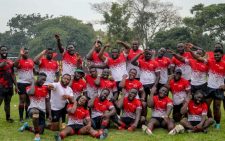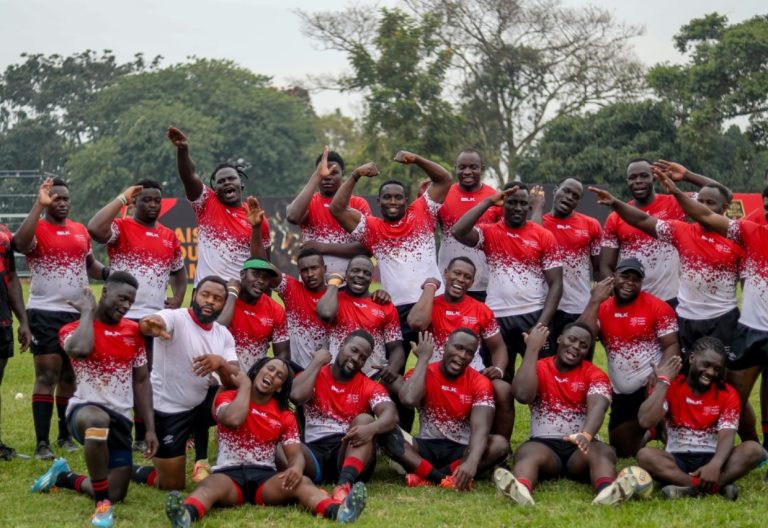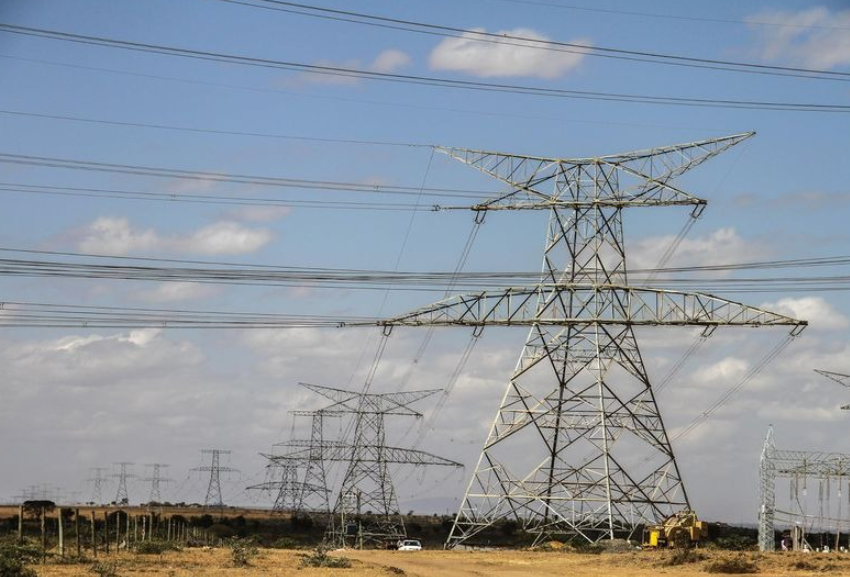Wealthy dominate Hustler Fund borrowing – KNBS

Kenya’s Hustler Fund which is touted as a lifeline for the financially marginalised is being utilised by mostly wealthier citizens, according to the 2025 Economic Survey.
This realisation has sparked renewed debate about whether the programme is achieving its intended purpose, or it has flunked.
The survey reveals that 35.8 per cent of individuals in the highest wealth quintile and 33.5 per cent in the second highest quintile tapped into the fund, officially known as the Financial Inclusion Fund.
By contrast, only 18.7 per cent of those in the lowest wealth quintile — the original target demographic — have accessed the facility.
“Usage of Hustler Fund by wealth quintiles indicates that 35.8 per cent of those in the highest wealth quintile use Hustler Fund, while 18.7 per cent of those in the lowest wealth quintile use Hustler Fund,” reads the comprehensive government’s premier economic report.
The data suggests an inversion of the Fund’s mission. Those most equipped with financial literacy, digital access, and credit awareness are reaping the most benefit, sidelining the economically vulnerable for whom the Fund was initially conceived.
Even middle-income Kenyans outpace the poor in usage, with 28.8 per cent of the middle quintile and 26.2 per cent of the second-lowest quintile borrowing from the Hustler Fund.
Initially launched to uplift what the government termed as “hustlers” — Kenyans operating informal businesses or in low-income jobs — the Fund promised fast, collateral-free mobile microloans. It attracted over 25 million users and disbursed billions in loans. However, minimal eligibility checks and a lack of a clear recovery framework have raised sustainability concerns.
According to the 2025 Economic Survey, urban dwellers make up the bulk of borrowers, accounting for 35.4 per cent, compared to 24.2 per cent from rural areas. Borrowing was highest among business owners (34.9 per cent) and casual workers (34.5 per cent), while men led in gender demographics at 31.8 percent compared to 26 per cent of women.
Largest demography in Kenya
The Fund has also skewed the younger generation. “Youth remains the largest demographic of borrowers, with those aged between 26 and 35 years accounting for 39.4 percet,” the report said. Another 34 percent were between 36 and 45 years, while only 11.2 percent were aged 55 and above.
Behind the impressive enrollment numbers, however, lies a programme under fire. The Auditor General recently uncovered serious irregularities in the Fund’s disbursement system, including loans issued to minors — some listed as infants — and even to individuals not yet born. These findings cast doubt on the system’s integrity.
With loan defaults soaring to 64 percent and no concrete recovery mechanism in place, critics say the program risks collapsing under the weight of its own design flaws.
The Hustler Fund is fast becoming a cautionary tale in financial populism..
In the face of mounting pressure, the government pushed to raise the Fund’s allocation fivefold, from Sh1 billion to Sh5 billion. But Parliament rejected the proposal, citing fiscal constraints and dismal repayment performance.
“We cannot justify increased allocations when 64 percent of loans are in default and the Fund is disbursing money to ghosts and infants,” said MPs during budget deliberations. “We need reform, not expansion.”
Principal Secretaries Susan Mang’eni and Patrick Kilemi urged lawmakers to reconsider, warning that development efforts tied to the Hustler Fund could stall. But skepticism prevailed.
Meanwhile, other empowerment funds are facing their own budget shake-ups.
Grants to the Uwezo Fund dropped from Sh239.7 million to Sh140.7 million in 2024/25. However, youth loan disbursements are expected to surge to Sh324 million, with the number of beneficiary groups rising from 5,155 to 6,000.
Tightening fiscal space
The Women Enterprise Fund, however, saw its budget slashed dramatically. Disbursements plunged by 88.1 per cent, from Sh941.9 million to Sh111.8 million — a move that shrank the number of women beneficiaries from over 208,000 to just 3,307.
“The drop in funding for WEF, alongside the overreach of the Hustler Fund, reflects a broader misalignment in government support strategies,” the Economic Survey 2025 warns. “There is an urgent need to re-center policy on the very citizens these programs are meant to serve.”
As Kenya grapples with a tightening fiscal environment and competing economic priorities, the fate of the Hustler Fund remains emblematic of a larger challenge: ensuring that well-meaning interventions truly reach those who need them most.













